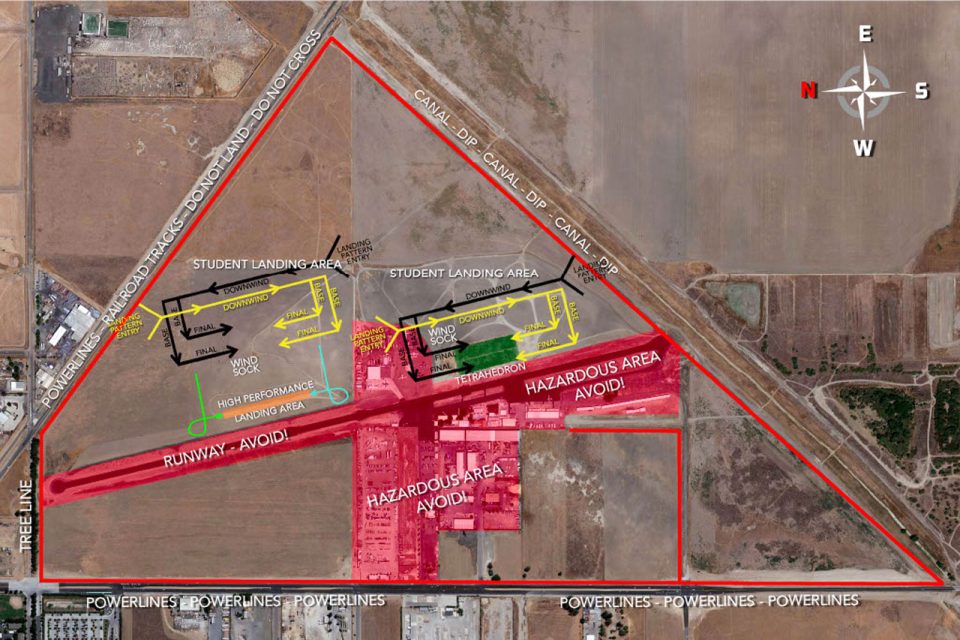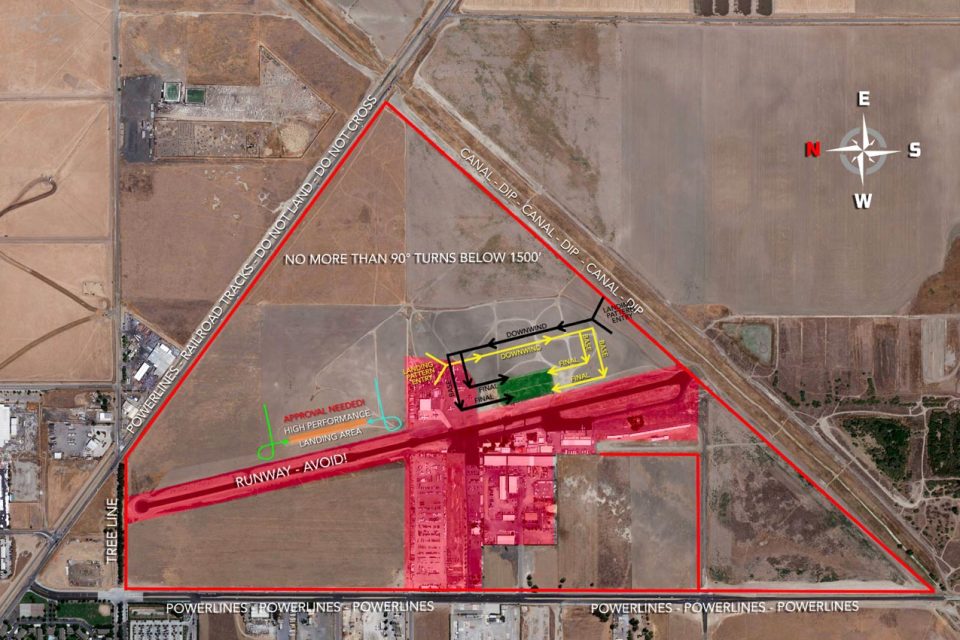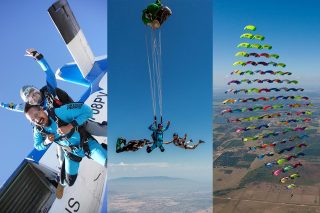Horizontal Flying, Patterns and Landing Areas
Largest Landing Area in SoCal
Know Where To Go!
Our landing area is the largest in Southern California, and our dropzone is one of the busiest in the world – there’s a lot of skydiving air traffic over the Perris Valley! Our landing area is segregated so that skydivers of all levels have ample space to navigate maneuvers and land safely.
Find your flight path: Skydiving Landing Area | High-Performance Landing Area
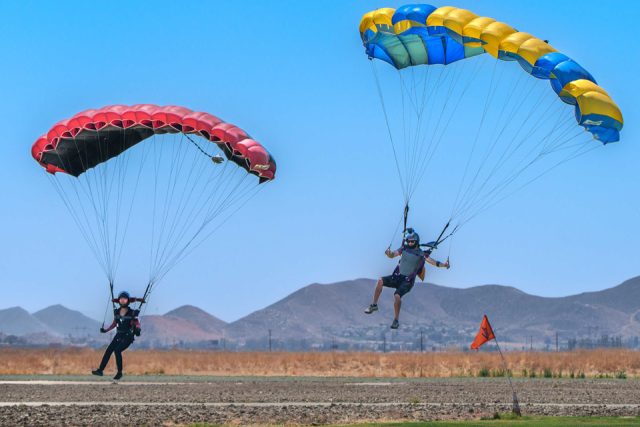
Skydiving Landing Area
Study our landing area photos carefully – know the hazardous areas! Wingsuiters, angle flyers, and tracking dive participants must read the Horizontal Flying Rules section below. Canopy pilots intending to make high-performance turns must use the high-performance landing area.
Always
-
Look for other canopies during your entire canopy flight.
-
After opening, fly perpendicular to jump run until the next group opens.
-
You must have a B-license and a minimum of 100 jumps to land in the grass.
-
Tandems and students always have the right of way.
-
After landing, immediately collapse your canopy and turn to see canopy traffic.
-
After landing, move to either edge of the grass as soon as it is safe to do so.
-
Look for aircraft while at the flag line before crossing the runway.
-
A siren means a plane is taking off or landing. Move off the runway immediately.
Never
-
No spirals or radical maneuvers under canopy.
-
No sashaying or deep break flight.
-
No greater than 90 degree turns below 1,500 feet/450 meters (not applicable for high-performance landing area).
Specific Instructions
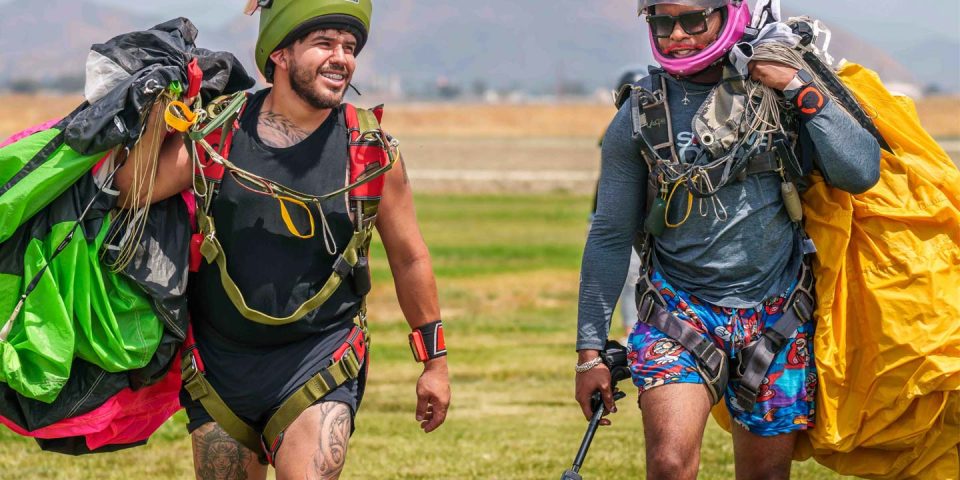
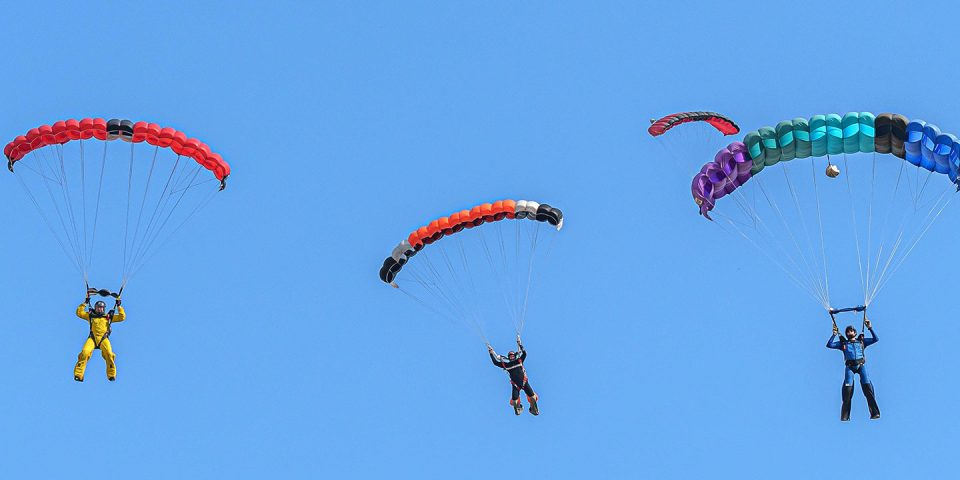
-
Landing Direction
The landing direction is parallel to the runway and determined by the orange arrow. If there is no orange arrow, the landing direction is set by the first person landing in the grass.
-
Alternate Direction
If you choose to land in a different direction than what has been set, you must be at least 300 feet/100 meters to the east of the grass.
-
Landing Elsewhere
You do not have to land in the grass. If the pattern to the grass does not look safe or is too crowded, decide at a higher altitude to land safely elsewhere.
-
Predictable Pattern
Fly a predictable pattern with long straight legs. The base leg should begin approximately at the triangle heading west toward the runway.
-
Safety Crossing The Runway
If you open to the west side of the runway and choose to cross over the runway for landing in the grass to the east, you must be at least 1,500 feet/450 meters high when you cross the runway to enter smoothly into the pattern.
-
Using The Open Fields
If you open to the west of the runway and cannot safely cross the runway by 1,500 feet/450 meters, land in the open fields to the north or south on the west side of the runway. The landing direction will be the same as the direction that has been established. The pattern will be mirrored (always fly your base toward the runway).
-
Variable Winds
In variable winds, the landing direction should be set from south to north.
-
When The Grass Is Closed
The west side grass is closed for landing when:
- Tandems are landing.
- Canopies are landing in opposite directions in the grass.
- Canopies are landing in opposite direction of the arrow.
-
Final Approach
Be lined up and on final approach by 300 feet/100 meters. Fly straight in at full flight.
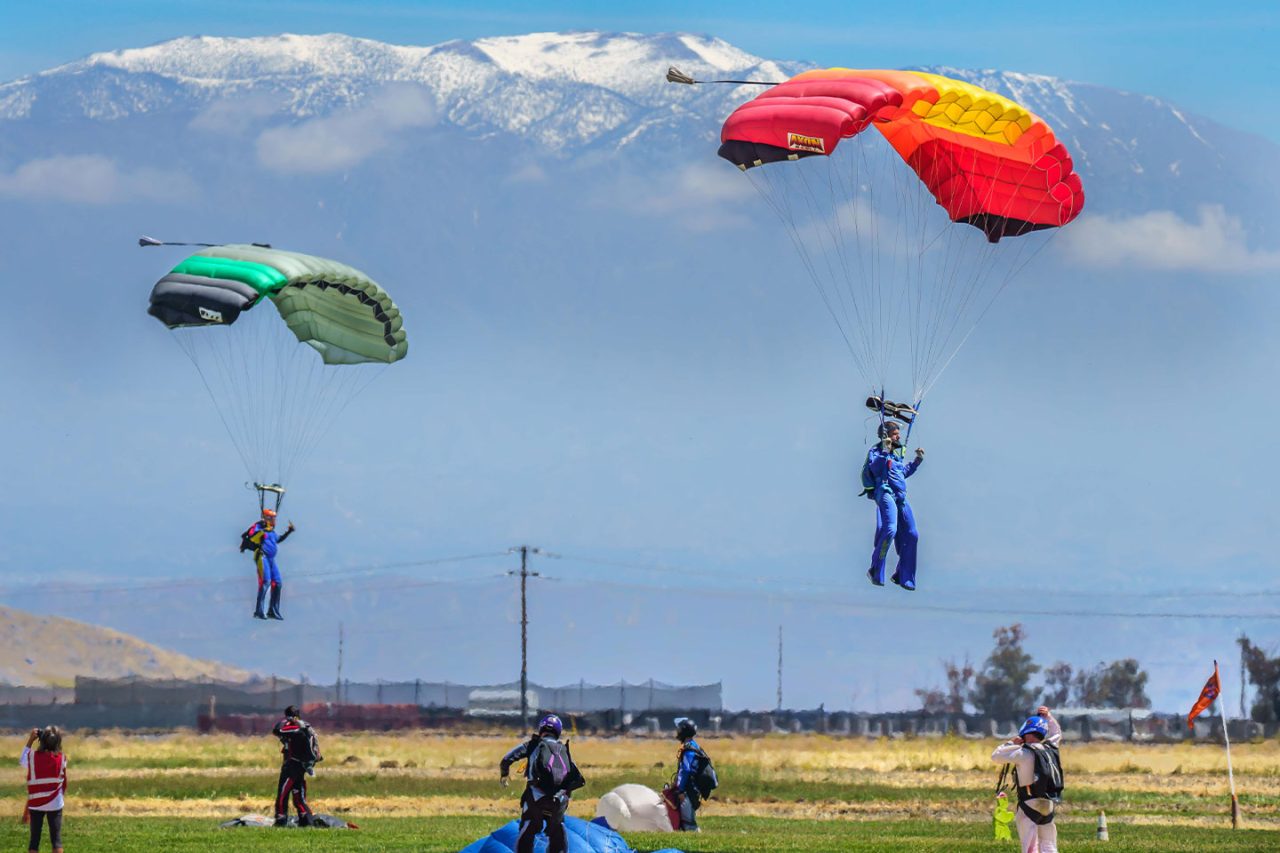
Horizontal Flyers
Rules For All Horizontal Flyers
Please note, a group is defined as one or more people. Additionally, maximum of 3 tracking/angle groups and 3 Wingsuit and/or Tracking Suit groups allowed per load IF the leaders can guarantee adequate separation.
Please expand the following items below for more information.
Each group must have a leader approved by Skydive Perris.
- Leaders must have the skill and experience to make it easy for their group to follow them on the correct path.
- Leaders must judge skill levels well enough to be sure everyone in the group can follow them and safely position their group in the right place on the load.
- Leaders must be in the loading area early enough to discuss and show flight plans to each other and work out the best exit orders with other groups.
- Leaders must be belly to earth.
- Leaders can only be on their back if another experienced tracker is over them belly to earth to help with direction control.
Tracking/angle groups should have at least twice the exit separation time of FS and FF groups.
- For example: if we ask for 8 seconds minimum between FS and FF groups, we want at least 16 seconds between horizontal groups.
- Exit order example: horizontal group exits, 8 seconds later FS group exits, 8 seconds later another horizontal group exits; puts 16 seconds between horizontal groups.
Most often, the least experienced horizontal group is first out on the pass at full altitude.
- Immediately after exit, the leader will turn east, perpendicular to the runway.
- Do not fly on aircraft heading at all.
- After opening and before beginning to fly back to the DZ, this group must see the group following them getting open.
- Groups following tracking/angle groups should watch to be sure the tracking/angle groups have begun flying in a direction other than line of flight before climbing out.
Each group’s flight path will be towards the east perpendicular to the runway.
All tracking and wingsuit groups must fly the planned pattern and stay east of the eastern-most point of the triangle to avoid other air traffic.

Angle Flyers & Trackers
Angle flyers and “traditional” trackers must comply with the General Rules For All Horizontal Flyers above, as well as these rules:
Rules For Angle Flying & "Traditional" Tracking
- Anyone who wants to participate in a tracking jump must have a minimum of 100 jumps.
- Angle flyers and “traditional” trackers may not make turns away from the eastern heading.
- Angle flyers and trackers may not deploy parachutes higher than 4,000 feet/1,200 meters.
- After opening, flyers must continue to fly east until visibly clear of other jumpers.
- If landing in the eastern half of the triangle, a retrieval vehicle will pick up if available.
- Tracking or angle flying is NOT allowed if:
- the jumper(s) are over the west side of a parallel jump run, or
- jump run is not parallel to the runway.
Tracking Suits
Those in Tracking Suits must comply with the General Rules For All Horizontal Flyers above, as well as these rules:
Rules for Tracking Suits
- A minimum of 100 jumps is required to wear a tracking suit.
- Under 200 jumps must do a check-out dive; get Perris Wingsuit Coach or LO approval.
- Under 500 jumps must get a briefing from a Perris Wingsuit Coach or LO.
- Stay small upon exiting until you are clear of the aircraft.
Wingsuits
Wingsuit pilots must comply with the General Rules For All Horizontal Flyers above, as well as these rules:
Rules for Wingsuits
- A minimum of 200 jumps AND a First Flight Course with a Perris Wingsuit Coach is required for first-time wingsuit flights.
- When gearing up, secure rig first to include chest strap and leg straps, then adjust wingsuit.
- Tail wings must be zipped up and ready to jump before boarding the aircraft.
- Keep wings closed when exiting until you are clear of the aircraft.
- If there are two groups, Group 1 flies an “inside line” and Group 2 flies an “outside line.”
- Wingsuiters are responsible for maintaining safe distance from all tandems and high pullers.
- Wingsuit fly-bys on other jumpers are not permitted.
- Prior permission from management is required for XRW (Extreme Relative Work) wingsuiters and high-performance canopy pilots flying together and docking.
- A passenger on a wingsuit rodeo must have a minimum of 100 jumps. Wingsuit rodeos must adhere to all wingsuit pattern restrictions. Manifest must be informed of wingsuit rodeos so GSO is aware.
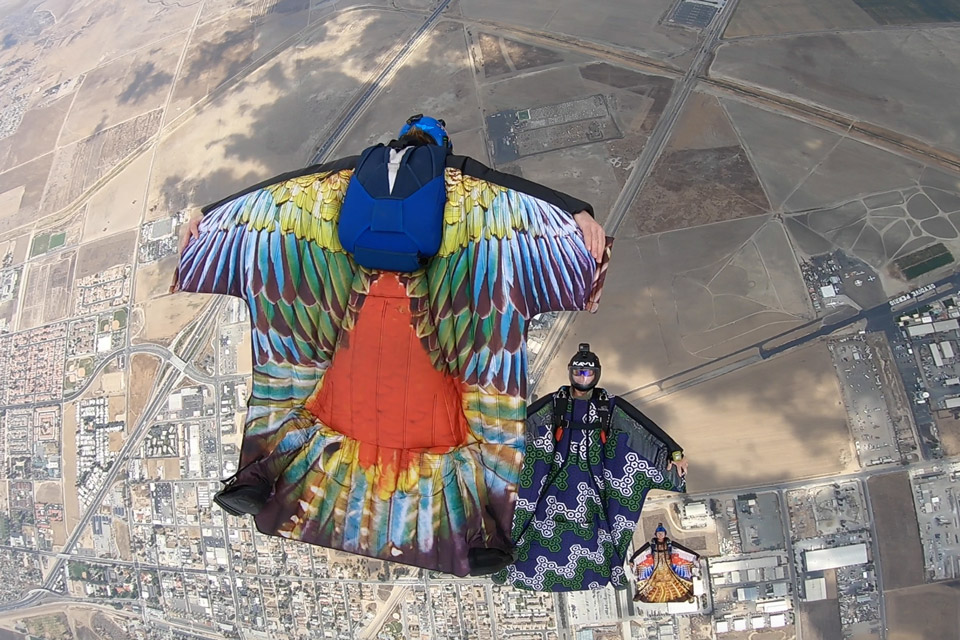
High-Performance Landing Area
Canopy Piloting
High-performance turns are only allowed in the high-performance landing area. High-performance turns are defined as anything more than 90 degrees. The high-performance landing area is on the west side of the North Field and east of the runway.
Swoopers
As a high-performance canopy pilot, you are responsible for knowing when to swoop and, more importantly, when not to swoop. It is always possible for other jumpers to erroneously fly into the high-performance landing area. If there is any potential for canopy traffic, high-performance turns are not allowed. If you have any doubts, do a standard pattern.
Rules for Swooping
- A C license and a minimum of 500 jumps are required for the high-performance landing area.
- Canopy coaching and coach approval are required to use the high-performance landing area.
- Approval from management is required to use the high-performance landing area.
- Jumpers must communicate to others on a load that they intend to do a high-performance turn into the designated area.
- The first person down sets the landing direction.
- Be aware of potential traffic and canopies landing in and around the area.
- Fly your base leg always from the east, never from the runway.
- The high performance landing area is closed during big way events.
Interested in canopy coaching? Our Skydiving School offers comprehensive canopy classes monthly, suitable for all levels! Book online or contact Josh Colby for info or a private class.
